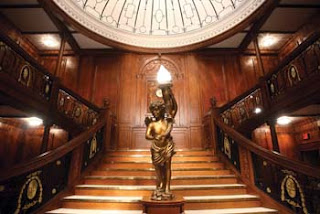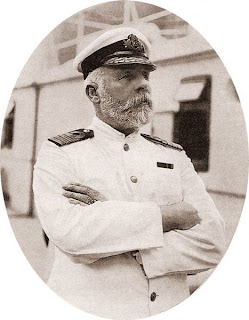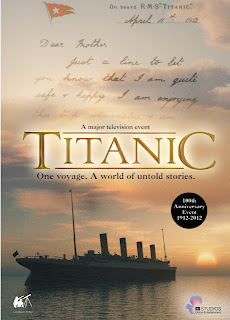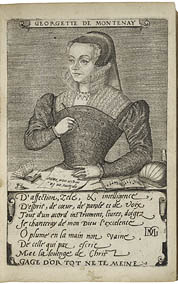A Yank Back to England: The Prodigal Tourist Returns by Denis Lipman – The cover blurb for this book reads, “Denis Lipman left London’s East End for Washington, DC more than 20 years ago, but made an annual pilgrimage year after year to visit aging parents, a pair of cantankerous, real-life Cockneys. He endured the visits as best he could. Enter an American wife. Not content with a grin-and-bear-it attitude, she declares that since the trip to England was inevitable, then it was to be enjoyed: see things, go places! Against his will, our expat becomes a tourist in his homeland and discovers it’s not so bad after all, certainly better than remembered! Here is a travel memoir more carbolic than bucolic. Discover a place where the sun doesn’t always shine, where going to the loo can be an adventure, and where canned beans on toast is a cornerstone of cuisine. Taste the real East End and tour with a colorful group as they rent cottages, host outrageous relatives, meet the locals and discover the English countryside.”
This is a delightful account of Lipman’s almost annual trips back to England with his American wife Frances in order to visit his parents, Lew and Jessie. Most visits start at the old family home in Dagenham, an area firmly rooted in London’s East End. From here, David and Frances, his parents, and assorted aunts, uncles and cousins take off for parts unknown, usually a rented cottage in a picturesque (and often difficult to find) corner of England. Part memoir and part travelogue, A Yank Back to England tells the sometimes painfully honest tale of tiny tourist villages, seaside resorts, British food and assorted pubs, aging parents, the frailty and strengths of those we love, the reality of childhood memories and the glories of life, love and England.
At the end of A Yank Back to England, you’ll be reluctant to close the book. I continue to hope that Lipman will pick up the memoir where he left off. In the meantime, you’ll find Denis Lipman’s blog here.
Reviews:
“Here is England seen entire, from inside out, from bottom to top, as Denis Lipman returns from America to his working class family home in blighted Dagenham. From there he, his young American wife, and his cockney Mum and Dad embark on a series of funny, touching, madcap and even surreal adventures as they visit celebrated landmarks and holiday spots in England as well as a good many pubs. The result is an absolutely wonderful book, not only about going home again but also about love and family and tradition and the passage of the years.” –Michael Dirda, Pulitzer Prize-winning literary critic (Washington Post) and author of the memoir An Open Book
“A perceptive, engaging and informative take on contemporary England as seen through the eyes of a fellow expatriate who writes with humor and affeciton. The case of characters has an almost Dickensian vivacity.” Michael York, actor.
















.jpg)













